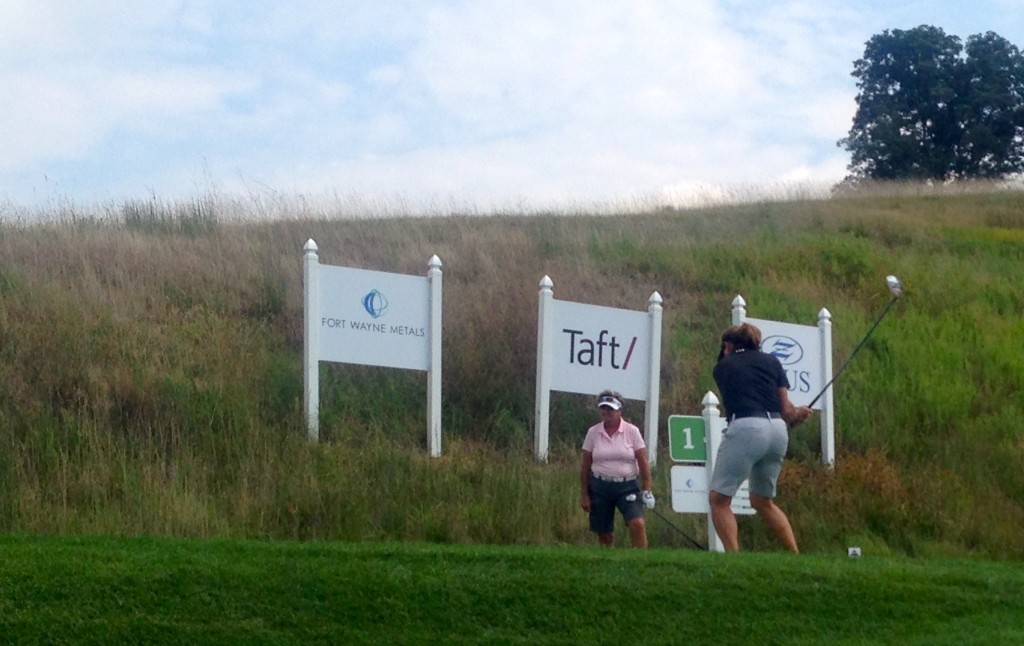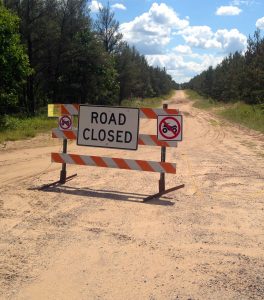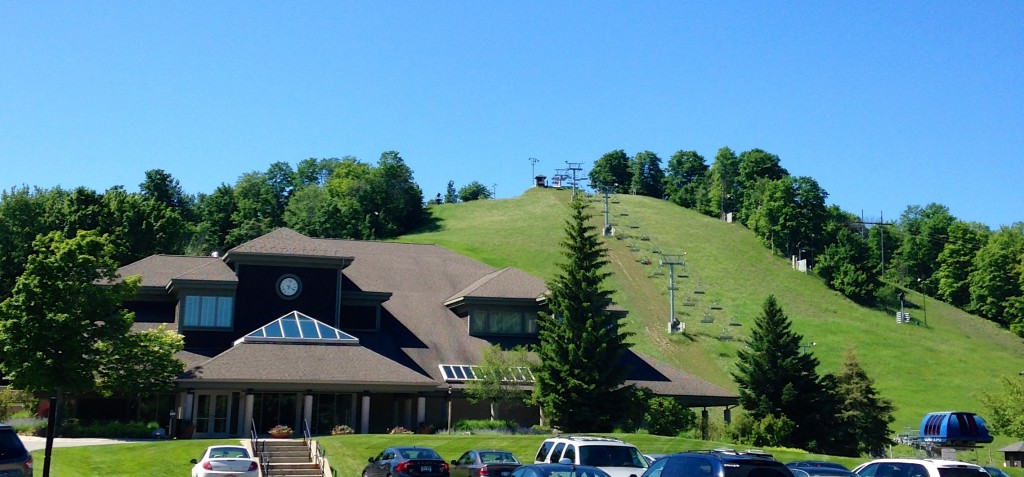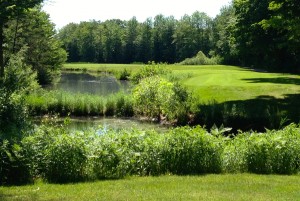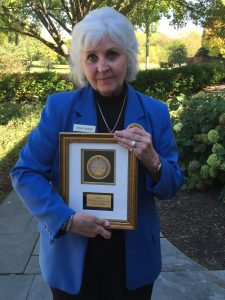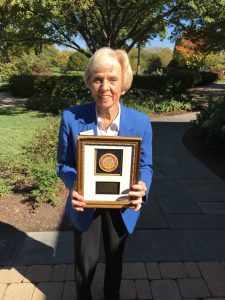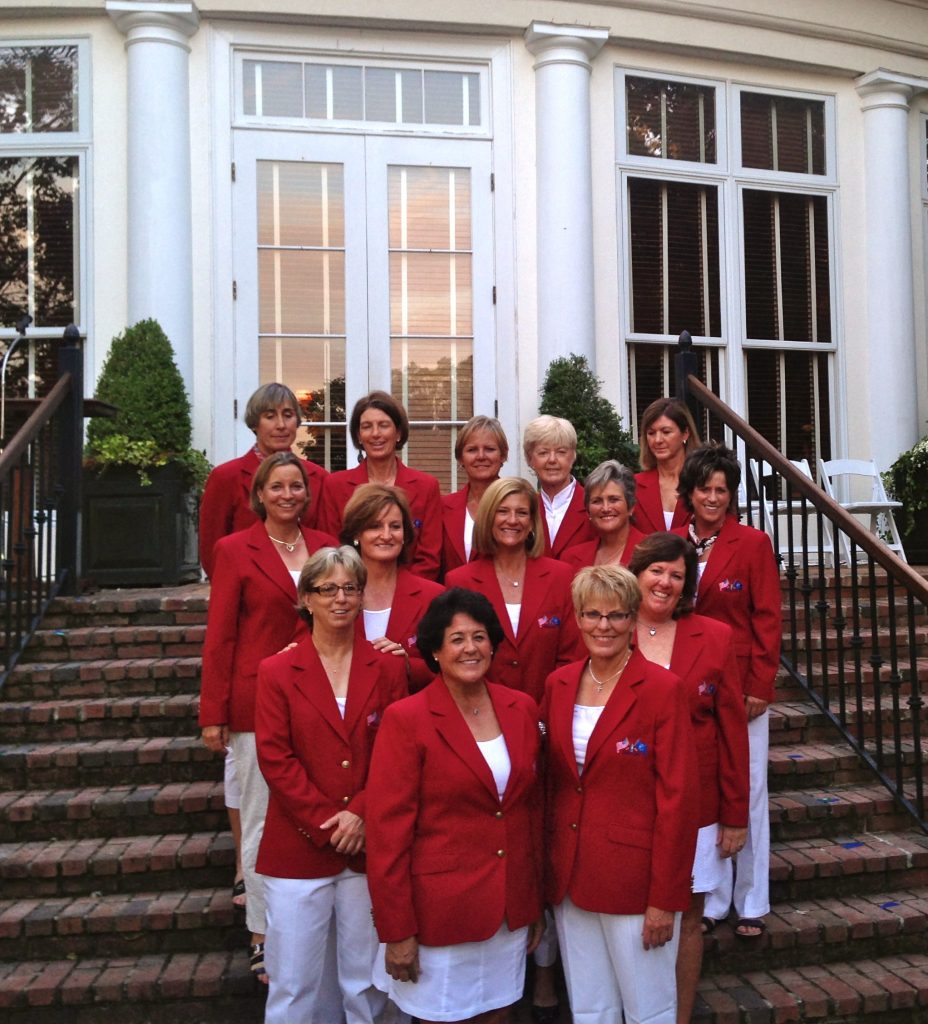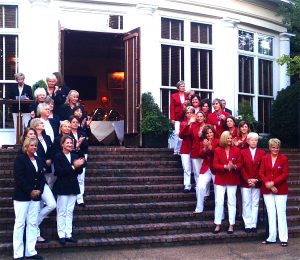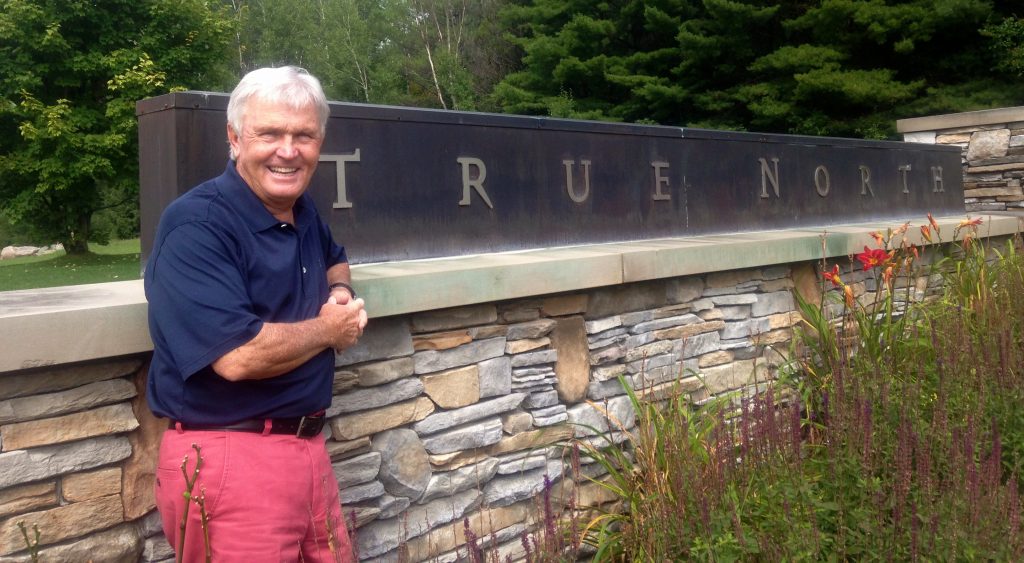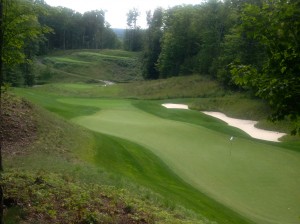When the BMW Championship returns to Conway Farms next week it’ll certainly be in sharp contrast from the first staging there in 2013. Zach Johnson, the champion two years ago, will be back. So will Jim Furyk, who shot that dazzling 59 in the PGA Tour’s first-ever visit to the Lake Forest private club.
Otherwise, though, the field underwent a major transformation after the Deutsche Bank Classic, the second FedEx Cup Playoff event that ended on Monday in Boston. The top 70 in the standings after that tournament form the BMW field for the next 72-hole test that begins on Sept. 17.
That cast won’t include the three Chicago-connected players who had a chance of making it going into Monday’s final round of the Deutsche Bank Classic. Conway member Luke Donald, Elmhurst resident Mark Wilson and Wheaton’s Kevin Streelman all survived the 36-hole cut in Boston but couldn’t deliver in the final two rounds.
Monday’s final 18 was particularly a killer for Streelman. He was above the cut line entering the week – a tie for 65th – but his 77 on Monday, which included a 42 on the back nine dropped Streelman to 75th place in the standings. So, his season is over with just two playoff events remaining. The concluding Tour Championship in Atlanta is the week after the BMW.
Streelman and Wilson tied for 69th place in the Deutsche Bank Classic. Wilson, who started the week down in 95th place in the standings, needed a much higher finish to play in Lake Forest and didn’t get it.
Donald, who has been regaining form in the last few weeks, was slightly outside the cut line entering the Deutsche Bank Championship, in 87th place. He finished a tie for 39th place in the tournament but a 73 in the final round prevented him from cracking the top 70 in the playoff standings. He ended his season at No. 80.
The local trio aren’t the only favorites who won’t be playing at Conway Farms. Such prominent names as Davis Love III, Jason Dufner, Stewart Cink, Padraig Harrington, Adam Scott, Vijay Singh, Martin Kaymer and Ernie Els didn’t make it through the two playoff events, either, and Tiger Woods didn’t even qualify for the postseason competition that he had won twice. Two of the top names who did — world Nos. 1 and 2 Jordan Spieth and Rory McIlroy – haven’t been sharp in the playoffs. Spieth missed the cuts in the first two events. McIlroy was down in a tie for 29th place in Boston.
Their regular season play, though, assured they’d be competing at Conway Farms, where the field will also feature Jason Day and Rickie Fowler, winners of the first two FedEx Cup Playoff events, and Billy Horschel, the winner of last year’s BMW Championship in Denver. Horschel also went on to also win the final event in Atlanta and take the $10 million bonus for topping the playoff standings.
Along with those top stars the Conway field will be loaded with up-and-coming players like Daniel Summerhays, Jason Bohn, Russell Knox, David Lingmerth, Harris English, Matt Jones, Tony Finau, Daniel Berger, Brendan Todd, Kevin Chappell, Fabian Gomez and George McNeill.
Unlike the first two playoff events, there’ll be no 36-hole cut in the BMW Championship and only the top 30 in this $8.25 million event will qualify for the final one in Atlanta.
Here and there
The BMW Championship is the major fundraiser for the Western Golf Association’s Evans Scholars Foundation and the members of Kemper Lakes, in Kildeer, will provide an added boost to the effort. They have pledged $2,500 for every eagle made in the tournament up to 20 (or $50,000). Seventeen eagles were made in the 2013 BMW Championship played at Conway Farms.
A second Top Golf location opened in the Chicago area last weekend. This one is in Naperville, and David Ogrin – the former PGA Tour veteran from Waukegan – was on hand for the festivities.
The Golf Collectors Society will hold its 45th annual meeting and trade show Sept. 17-19 at Pheasant Run Resort in St. Charles.
The Illinois PGA will hold its Pro-Women’s Club Champion team event on Thursday at Rolling Green in Arlington Heights and the Illinois Senior Open is on tap for Monday and Tuesday at McHenry Country Club.
Onwentsia, in Lake Forest, has been named the site of the Western Golf Assn. Junior Championship in 2020.



